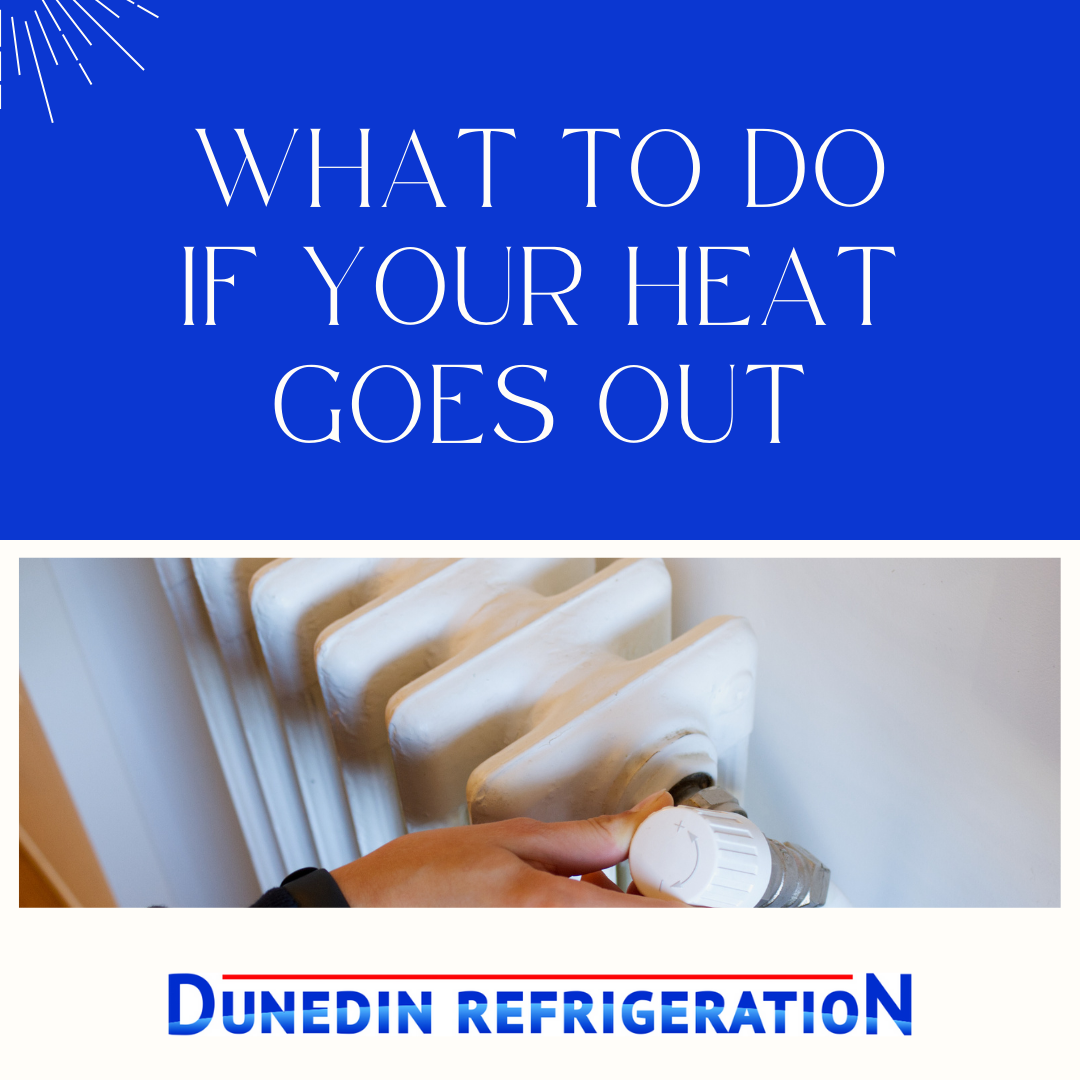Experiencing a heating system failure in the dead of winter is not just inconvenient, but it can also be dangerous, especially in areas with extremely low temperatures. For homeowners, understanding how to troubleshoot your heating, ventilation, and air conditioning (HVAC) system can be crucial. This guide provides practical steps to take if your heating system fails, how to identify common issues, and knowing when it’s time to call a professional.
1. Initial Assessment and Safety Precautions:
Before diving into troubleshooting, ensure your safety:
- Check if the issue affects your neighbors too, indicating a power outage.
- Inspect your HVAC system for obvious signs of damage, leaks, or strange smells.
- Keep a carbon monoxide detector functional, as heating problems can lead to carbon monoxide buildup.
2. Basic Troubleshooting Steps:
Thermostat Check: Ensure it’s set to heat mode and the temperature is set higher than the current room temperature.
Power Supply: Verify if the HVAC system is receiving power. Check the circuit breaker or fuse box for any tripped breakers or blown fuses.
Filter Inspection: A clogged air filter can hinder airflow and efficiency. Replace if necessary.
Vents and Registers: Make sure they are open and unobstructed.
System Reset: Sometimes, simply resetting the system can resolve the issue. Turn it off and on again.
3. Identifying Common Issues:
Furnace Doesn’t Ignite: Could be due to a faulty igniter or pilot light.
Blower Issues: If the blower isn’t working, it could be a motor or belt issue.
Strange Noises: Often indicate mechanical problems or airflow reductions.
Thermostat Problems: Sometimes, the issue is just a malfunctioning thermostat.
4. When to Call a Professional:
If basic troubleshooting doesn’t resolve the problem, it’s time to call a professional, especially if:
You smell gas or suspect a carbon monoxide leak.
The furnace is making loud, unusual noises.
There’s no improvement after resetting the system.
You’re uncomfortable performing any DIY checks.
5. Preventive Measures for Future:
Regular maintenance is key:
Schedule annual inspections with a professional.
Regularly replace filters and clear vents.
Upgrade to a programmable thermostat for better efficiency.
Ensure proper insulation in your home to maintain heat.
6. FAQs:
Q: How often should I replace my HVAC filter?
A: Generally, every 3 months, but check monthly during high-use periods.
Q: Can I prevent HVAC breakdowns?
A: Regular maintenance is the best prevention. However, systems do age and may need more frequent repairs or replacement over time.
Q: Is it worth upgrading to a smart thermostat?
A: Yes, smart thermostats offer better control over heating and can improve efficiency, potentially reducing heating costs.
7. Understanding Your HVAC System:
Knowledge about your HVAC system can be invaluable in troubleshooting. Familiarize yourself with the type of heating system you have (e.g., furnace, heat pump, boiler) and its basic components. This understanding can help you identify problems more accurately and communicate effectively with professionals when needed.
8. Troubleshooting Specific Heating Systems:
Furnaces: Check the ignition system and pilot light in older models. For newer furnaces, ensure the electronic ignition is functioning.
Heat Pumps: These can experience issues like freezing up during extremely cold weather. Ensure the outdoor unit is clear of snow or debris.
Boilers: Check for any error codes on the display panel, and ensure the pressure gauge is within the normal range.
9. Energy Efficiency Considerations:
A heating system that is not working efficiently can drive up energy costs and still leave your home uncomfortably cold.
Sealing Leaks: Ensure windows and doors are properly sealed to prevent heat loss.
Upgrading Insulation: Adequate insulation in walls and attics keeps heat in.
Smart Home Devices: Smart thermostats and energy-efficient HVAC systems can significantly reduce energy consumption.
10. DIY Maintenance Tips:
Engaging in regular DIY maintenance can prevent many common heating issues.
Cleaning: Regularly clean vents, ducts, and components of your HVAC system.
Inspection: Routinely inspect hoses and connections for leaks or wear.
Professional Advice: Always follow the manufacturer’s maintenance recommendations and consult with a professional for any complex maintenance tasks.
11. Emergency Measures if Heat Loss Persists:
If your heating system fails and cannot be quickly fixed:
Alternative Heating Sources: Use space heaters safely, ensuring they are away from flammable materials.
Insulation Strategies: Use thermal curtains and extra blankets to retain heat.
Protect Pipes: To prevent freezing, let faucets drip slightly and insulate pipes.
12. Navigating HVAC System Replacement:
If your system is old or repairs are too costly, it might be time for a replacement.
Cost-Benefit Analysis: Weigh the costs of frequent repairs against a new system.
Energy Efficiency: Consider energy-efficient models to save on future bills. Professional Consultation: Get multiple quotes and professional opinions before deciding
13. Legal and Insurance Considerations:
Understand your homeowner’s insurance policy and local regulations regarding HVAC systems, as some repairs or replacements might require permits or could be covered under your policy.
Conclusion:
Dealing with a heating system failure in winter can be daunting, but with the right knowledge and approach, you can efficiently address common issues. Remember, regular maintenance and understanding your system are key to preventing emergencies. And when a situation is beyond your expertise, don’t hesitate to call in a professional.
Remember, while DIY troubleshooting can be effective for minor issues, never compromise on safety. When in doubt, always seek professional assistance to ensure your heating system operates safely and efficiently.

